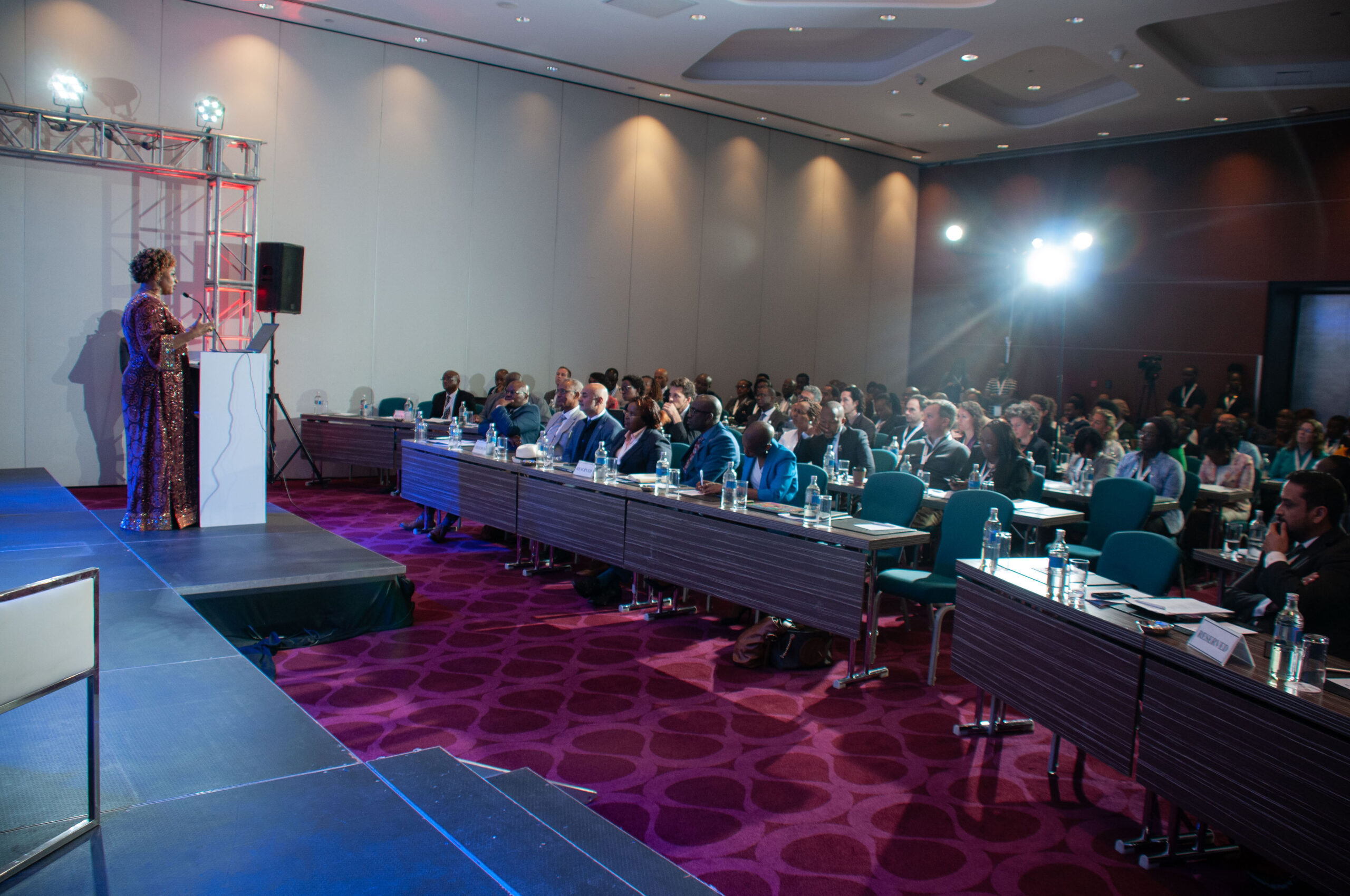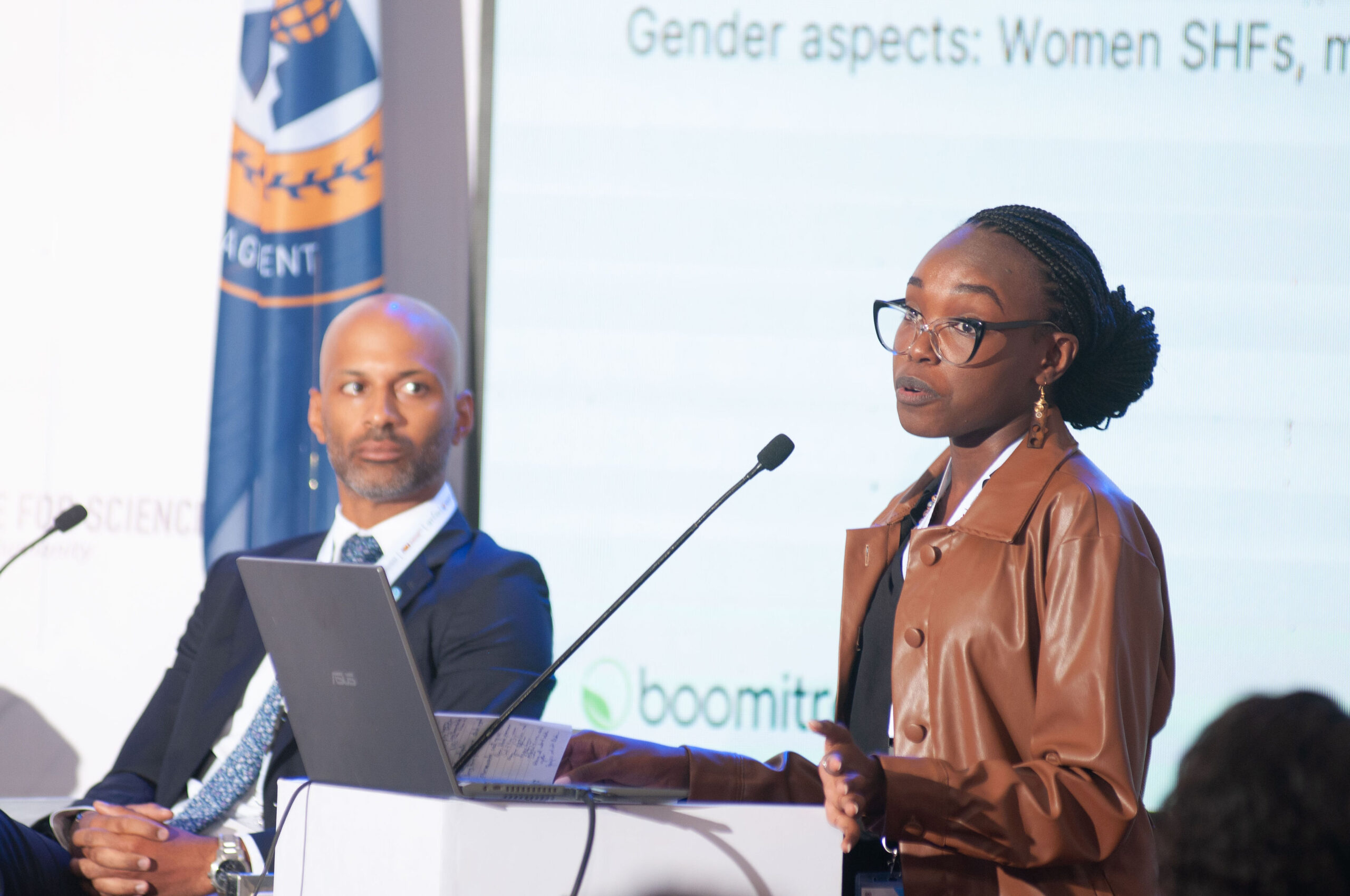Carbon removal is viewed as the third pillar alongside adaptation and mitigation, but it has taken close to two decades for carbon credits to gain traction as a potent tool to drive climate action.
Despite rising interest in the same, carbon project developers face complexities that cut across sectors, one major challenge being financing projects.

During the Kenya National Workshop on Carbon Removal, dialogues with carbon project developers clearly described limited financing as the “mother” of most, if not all, challenges in the carbon market.
Finance plays an integral role in overseeing the success of any project.
The VCM ( Voluntary Carbon Market) briefing by the non-profit Ecosystem Marketplace, reported that the market hit a two-billion dollar mark in 2022.
As this is an emerging sector, available data shows the potential growth of the market but financiers need a proof-of-concept to pre-finance any early-stage projects.
Continuous research of the best tools and resources is essential for effective and accurate monitoring, reporting, and verification of carbon and the market’s ever-changing modifications and requirements.
This requirement becomes ambiguous and a pain to many developers, limiting their potential to develop or even scale these projects.
Any carbon project will require upfront investments and the funds are used primarily to purchase expensive equipment and infrastructure.
Continuous research of the best tools and resources is essential for effective and accurate monitoring, reporting, and verification (MRV) of carbon and the market’s ever-changing modifications and requirements.
Lack of transparency about the methods used to create and verify carbon credits, project quality variability, and limited data access all have an impact on potential investors’ interest in carbon projects.
However, the adoption of Digital MRVs has proven revolutionary in increasing efficiency, offset turnaround, and scaling projects by organizations like Boomitra, which utilize the most advanced remote sensing technology to measure soil carbon sequestration globally.
A significant challenge in carbon markets is information asymmetry.
Carbon markets can be complicated, with multiple stakeholders involved in the creation and trading of carbon credits.
Lack of transparency about the methods used to create and verify carbon credits, project quality variability, and limited data access all have an impact on potential investors’ interest in carbon projects.

During one of the exchange sessions in the workshop, it was noted that information asymmetry sometimes works best for buyers and brokers at the last mile, taking advantage of project developers’ need to sell credits in an unstandardized and obscure setting.
The recently developed 10 Core Carbon Principles for high-integrity carbon credits will streamline the carbon market and bring clarity and definition to some of these grey areas.
Due to uncertainties such as regulatory changes, market volatility, long return periods, and technological risks, carbon projects are frequently viewed as risky.
Carbon credit prices can be volatile, posing challenges for project developers to predict their revenues accurately.
This risk perception can make it more difficult for project developers to obtain financing because lenders and investors may be apprehensive to make a financial commitment with uncertain returns.
Most nature-based projects, for example, are capital-intensive and often generate returns after a long period, which may not be appealing to investors seeking short-term gains.
This makes it more difficult for project developers to obtain investors willing to commit capital over long periods. Regardless of these uncertainties, we have seen organizations raise good money for their nature-based projects.
We need to recognize that financiers have a limited risk appetite but with careful calculations of profitability, and there should be a balance.
A majority of today’s carbon credits demand is primarily from voluntary purchasers.
This concentrated demand from the VCM is critical in influencing prices, fairness, and equitability.
In the carbon market, there is very little to no predictability. Carbon credit prices can be volatile, posing challenges for project developers to predict their revenues accurately.
For project developers, this volatility creates uncertainty and increases risk.
The lack of supportive incentives and regulations for low-carbon projects can make it more difficult for project developers to secure funding.

The first National Workshop on Carbon Removal played a key role in bringing different players into the same room to share their experiences.
This information exchange session was integral to informing the government of Kenya’s process as it creates a roadmap, a policy framework, and a plan for carbon removal which indeed will play a critical role in encouraging investment in low-carbon projects by enacting supportive policies.
Financing carbon projects is not as straightforward as we would like it to be.
In one of the breakout rooms, this is a topic that many players were keen on.

Different stakeholders realized that to successfully finance low-carbon projects, there should be blended financing for projects and we need to “speak the language” of financiers.
We need to recognize that financiers have a limited risk appetite, but with careful calculations of profitability, there should be a balance.
The promotion of collaboration, accountability, and transparency is key as we quantify the process and the best practices to build confidence in financiers.
Given the nascent but rapidly developing nature of carbon markets, stakeholders working in the carbon markets should collaborate in creating and designing a market that is transparent, verifiable, robust, and works in the best interest of our climate, communities, and biodiversity.
____________
Ann Maina is the Project Lead in East Africa at Boomitra. She’s curious about everything climate and agriculture.
